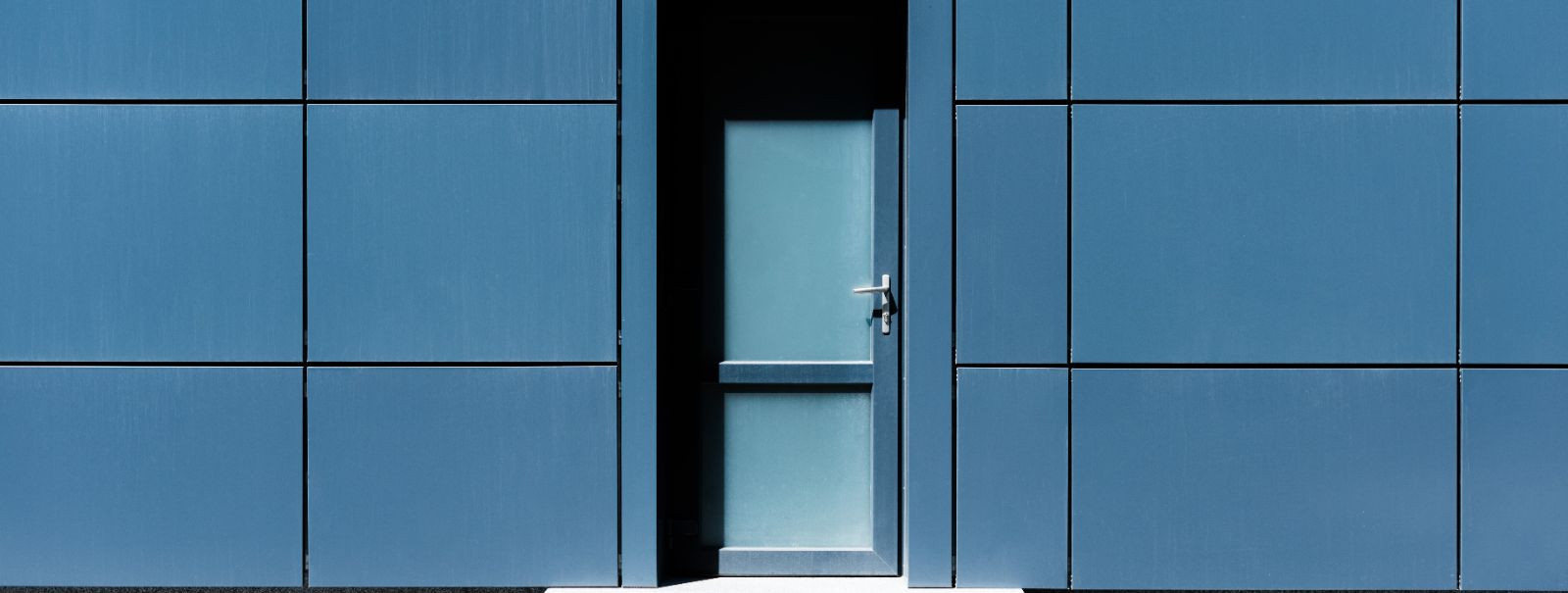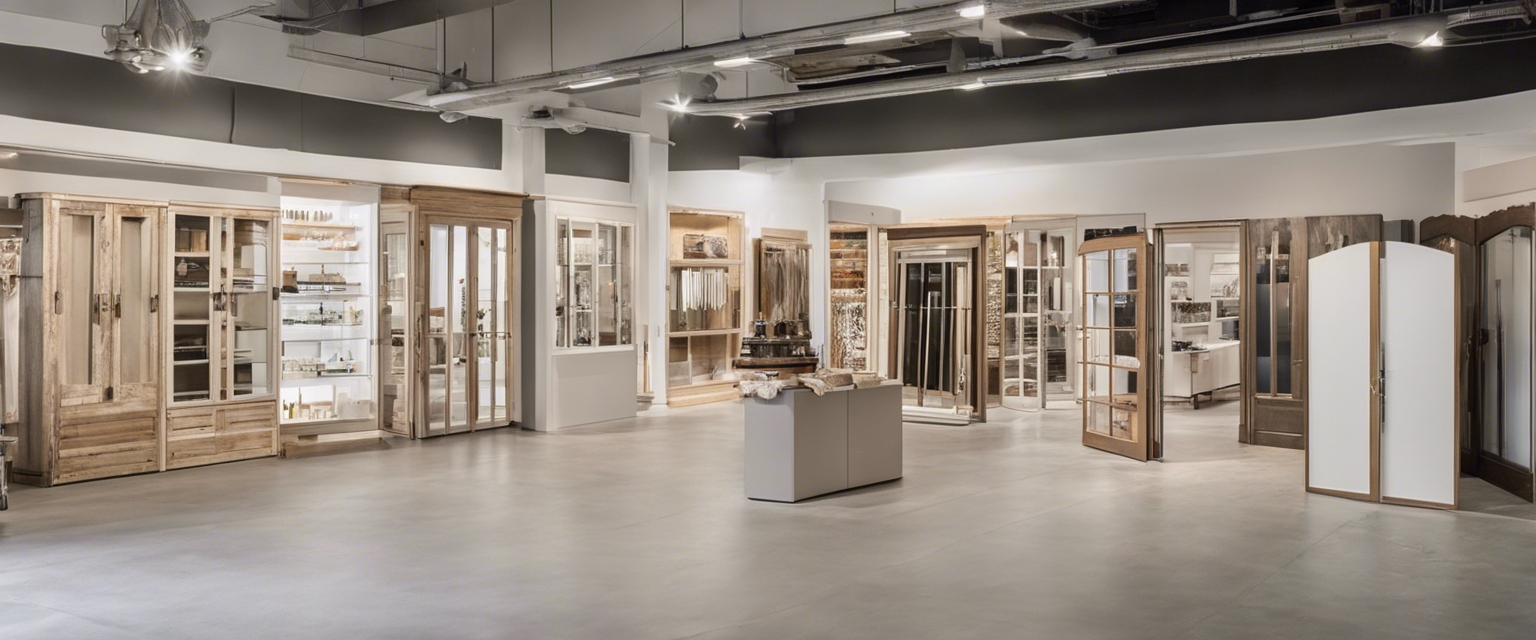The ultimate guide to exterior door materials
Choosing the right material for your exterior door is crucial for the security, insulation, and aesthetic appeal of your home. In this guide, we will explore the most popular materials used for exterior doors, their benefits, and their drawbacks to help you make an informed decision.
Wooden Exterior Doors
Common woods for exterior doors include mahogany, oak, alder, and pine. Each wood type offers a unique grain pattern and color, providing a range of aesthetic options.
Wooden doors are known for their classic look and natural beauty. They can be easily customized and are available in various styles. However, they require regular maintenance to prevent warping and rotting.
Proper maintenance, including painting or staining and sealing, can extend the life of a wooden door. Wood is also susceptible to termite damage, so periodic inspections are recommended.
Fiberglass Exterior Doors
Fiberglass doors are durable, low maintenance, and available in a variety of finishes that can mimic the look of wood. They are resistant to warping, rotting, and rusting.
With a wide range of designs and textures, fiberglass doors can suit any home style. They can also be painted to match your home's exterior.
Fiberglass doors offer excellent insulation, making them energy efficient and effective at reducing noise from the outside.
Steel Exterior Doors
Steel doors are known for their strength and enhanced security. They are difficult to break into and provide a high level of protection.
Steel doors are generally more affordable than other materials and offer good value for their durability and security features.
While steel doors are strong, they can be prone to dents and rust if not properly maintained. They also have lower insulation properties compared to fiberglass or wood.
Aluminum Exterior Doors
Aluminum doors are lightweight, making them easy to operate. They are also resistant to rust and corrosion, which is beneficial in harsh weather conditions.
Aluminum doors come in a variety of styles and finishes, including powder-coated colors that can last for years without fading.
Aluminum doors can be equipped with thermal breaks to improve energy efficiency and prevent heat transfer.
Composite Exterior Doors
Composite doors are made from a combination of materials, including PVC, wood, insulating foam, and GRP (glass reinforced plastic). This blend provides strength, durability, and energy efficiency.
Composite doors require minimal maintenance and are not prone to warping or fading. They offer superior insulation and come in a range of styles and colors.
When compared to traditional materials, composite doors often provide a better balance of durability, energy efficiency, and cost.
Choosing the Right Material for Your Exterior Door
When selecting an exterior door material, consider durability, maintenance, security, insulation, and cost. Your choice should align with your lifestyle and the climate you live in.
The material you choose should complement the architectural style of your home. Traditional homes may benefit from the classic look of wood, while modern homes might suit the sleek appearance of aluminum or steel.
Consider the climate and exposure to the elements. Materials like fiberglass and composite offer high resistance to weather conditions and are suitable for a variety of climates.






Comments (0)